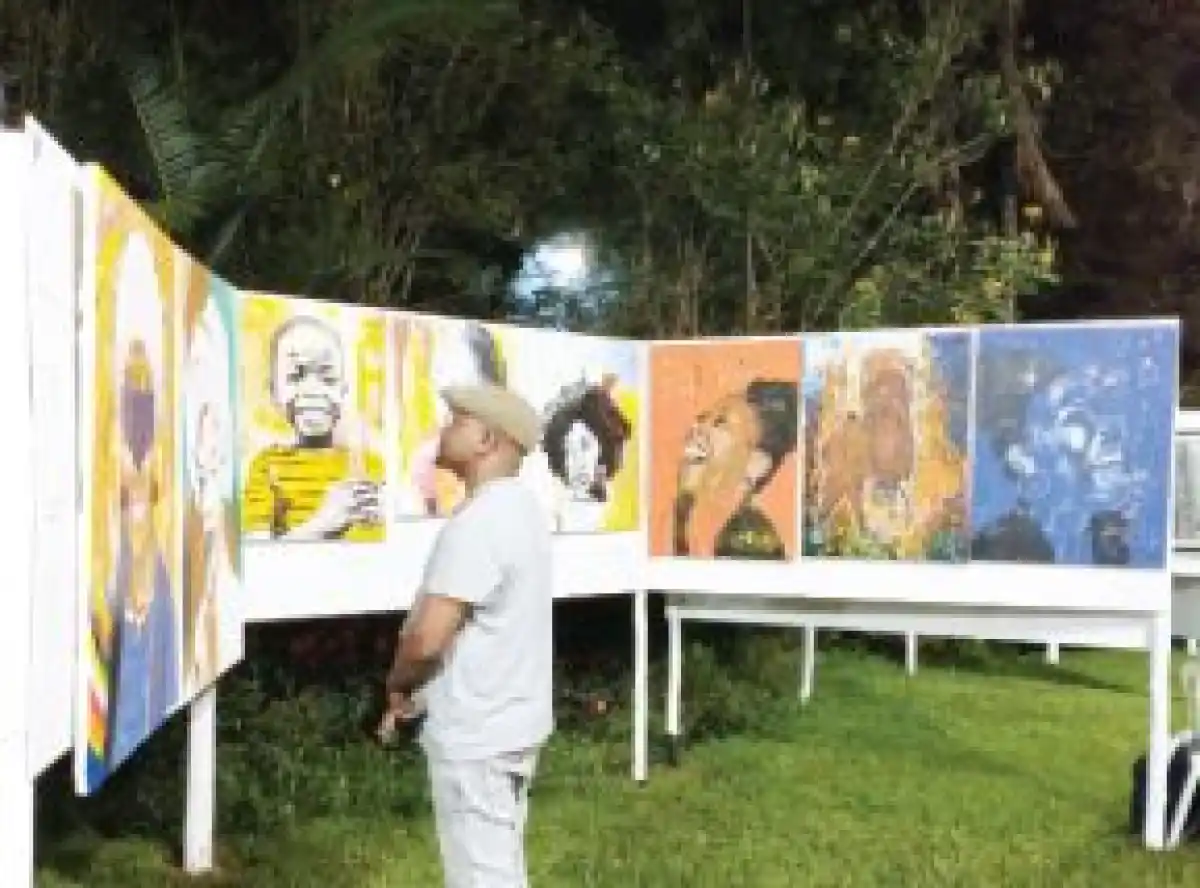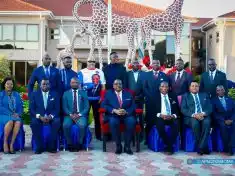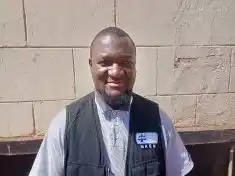
Growing up, I did not know what visual artists were called; I thought they were just painters or in our local language ojambula.
I imagined painters as those who painted houses, a trade and profession rather than creators of fine art.
While the concept of a visual artist was not foreign the idea of someone possessing talent of such artistic expressions was something that never crossed my mind.
Historically, visual artists in Malawi were primarily centred on traditional crafts such as woodcarving, pottery, basket weaving and those substandard paintings that would welcome you once you visit relatives.

While these were culturally significant as I have indicated, they were often not recognised as fine art.
However, over the years the landscape of visual artists in Malawi has evolved significantly and the establishment of formal art education institutions such as the Department of Fine and Performing Arts at the University of Malawi, has been a notable shift.
Aspiring artists have been given the opportunity to develop their skills and explore contemporary art practices in efforts to diversify style, but also mediums.
The visual arts sector still continues to face challenges such as lack of infrastructure or platforms, hindering growth and recognition of Malawian artists both locally and internationally.
Nonetheless, grass roots initiatives have been instrumental in nurturing artistic talent and providing platforms for exposure within Malawi.
Art in the Park is one crucial initiative for visual artists, since it has become a cornerstone event for local artists providing them with opportunities to showcase their work, connect with art enthusiasts and build sustainable careers.
The event’s success is evident through its inclusion in Malawi’s festival calendar compiled by the Department of Arts and Culture in the Ministry of Local Government, Unity and Culture.
Explains Jimmy Malinga, a visual artist and one of the platform’s curators:“Art in the Park has become a prestigious brand for artists in our country previously known as Malawi’s premier art festival, today it sets a standard of excellence within the Malawian visual art community.”
The biannual event is organised by Wildlife and Environmental Society of Malawi (Wesm) to provide a platform that can lure more Malawians to appreciate the works of visual artists in Malawi as explained by Nick Hall, trustee and chairperson of Lilongwe Wesm branch.
Malinga mentioned that even the selection process has evolved over the years to enhance the event and giving room to diversity of artworks depending on the selection criteria.
“We create a WhatsApp group for all artists who apply to ensure easy communication and information sharing, selection criteria includes impact, innovation, consistent quality and marketability of the artist’s artworks,” he added.
He also mentioned that new participants commend the event for the valuable exchange of ideas, encouragement and experience that they gain which significantly contributes to their growth, as clients and patrons appreciate the space the event provides for purchasing, commissioning and admiration of artworks.
In an interview, a visual artist Ivy Mitayi said the event has helped her to expose her talent even though she is new in the industry.
“I only started painting last year because all along I did not have any idea where I could sell my work or if at all anyone would be willing to buy it, but Art in the Park provided that space for me,” she said.
In the recent Art in the Park event in May, Mitayi sold five out of the seven artworks that she made and expressed excitement that she had received commissioned work from other clients.
“The first event did not go well for me but participating for the second time has shown that I learnt from it and worked on my craft so I match with the standards and quality that clients look for,” she said.
Jethro Longwe, another artist who has exhibited seven times at the event, reflected on how the platform has improved the standards and quality of local artworks done by visual artist in Malawi.
“I remember the first time of the exhibition many artists work looked very basic, including mine of course, no real theme, authenticity or originality and looking back to now artists have improve their works,” he said.
Longwe said that even the organisation of the event has improved.
He said: “The set up was like a maze and other artworks were not easily cited, but the 10th edition was very good as everyone could see everyone’s work.”
Since its inception in the year 2010 and championed in 2019, Art in the Park’s 10th edition this year was themed people and environment and had 43 exhibitors, a bigger number compared to previous exhibitions.








0 Comments